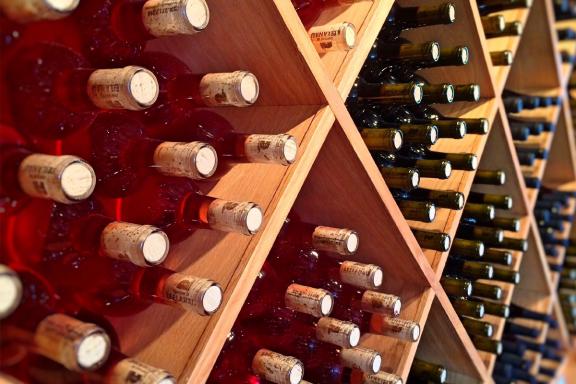

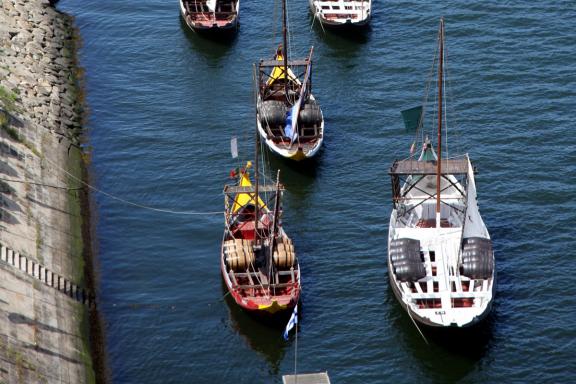
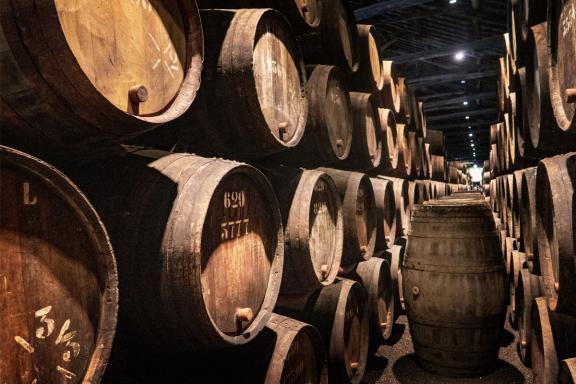
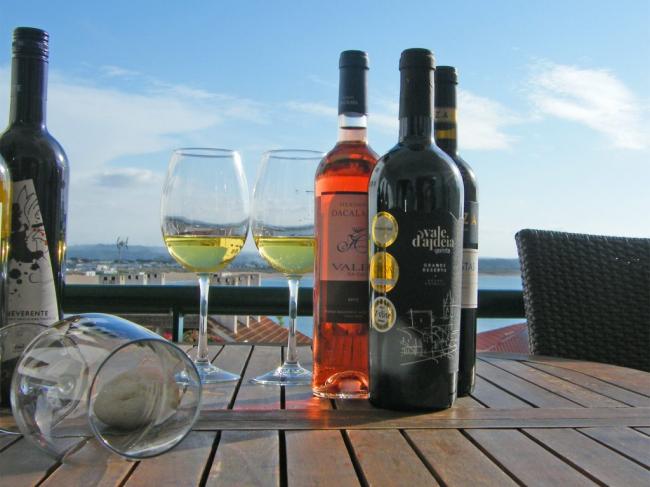
The popularity of Portuguese wines is on the rise and for good reason. Portugal has many more grape varieties than you might initially imagine. For the red grape varieties, there are 17 types of grapes for wine-making and for the white grape there are 16 varieties. Some even say, 250 grape varieties can be found in Portugal. We won’t list them all however, they include Alvarhinho, Loureiro, Moscatel Graúdo (white) and Jaen, Moreto, Tinta Barroca (red), to name but a few.
The popularity of Portuguese wines is on the rise and for good reason. Portugal has many more grape varieties than you might initially imagine. For the red grape varieties, there are 17 types of grapes for wine-making and for the white grape there are 16 varieties. Some even say, 250 grape varieties can be found in Portugal. We won’t list them all however, they include Alvarhinho, Loureiro, Moscatel Graúdo (white) and Jaen, Moreto, Tinta Barroca (red), to name but a few.
Full-bodied white wines (vinho branco) are usually produced in the Alentejo and Douro regions. But also, the rich white wines from Trás-os-Montes in the north east of Portugal are known for their fuller taste. These wines may be further enriched in oak barrels. Reserve white wines from the Dão and Lisbon regions complement rich and smoked foods very well.
A young, slightly sparkling white wine called Vinho Verde (which literally means 'green wine') is produced in the north-west of Portugal and can be made from numerous grape varieties. When chilled, it is an excellent, refreshing light wine for those hot summer days, as an aperitif to accompany a salad, seafood, fish and even fatty foods. Vinho Verde also has a delicious red variation and is a good accompaniment to grilled sardines and fatty meats.
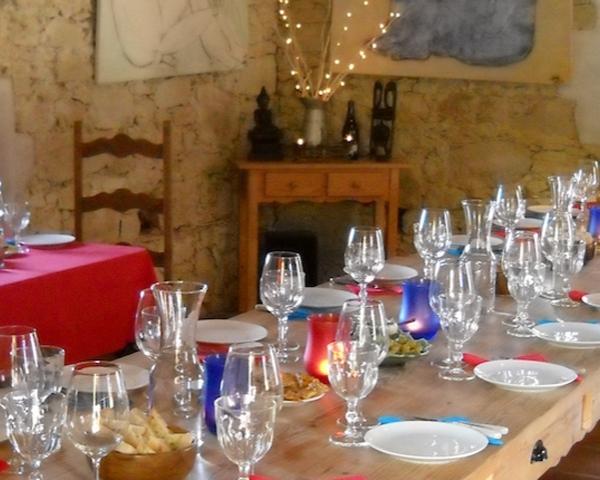
Rosé wine (vinho rosé) usually has a lower alcohol level and is made from any red grape variety. A dry, fruity rosé is ideal with light-flavoured food, like salads.
Full-bodied, rich red wines (vinho tinto) usually come from the Alentejo, Douro and Tejo regions. Thanks to their relatively low tannin they are excellent to drink with game, lamb, beef or pork dishes. Robust red wines, with more tannin, thus allowing them to age very well, usually come from the Douro and Trás-os-Montes regions. These are excellent with stews and certain cheeses. Other regions in Portugal also produce elegant red wines with complex, fruity flavours.
In restaurants, a house wine (vinho da casa) is usually on the menu and often served in a carafe. Bottled wines are always available for the more discerning palate, however, these regularly cost a little more.
Espumante (pronounced 'spoumantə') can equally be compared to the Spanish 'cava'. These white wines have more sparkle than a vinho verde. They are delicious all year round and a perfect match for fish or seafood and are ideal with salads.
Port wines are fortified wines. The white version has various types; seco (dry), meio seco (medium dry) or doce, going from quite sweet to cloyingly sweet. White port wines are usually drunk as an aperitif, but can also be mixed in cocktails as can the rosé variety.
Madeira wines can go from dry to very sweet and are available both in red and white. Also available are more complex, old white Madeira wines which are excellent with blue cheese or to round off a good meal.
Moscatel (Muscatel) grapes are found in the Douro and Setúbal regions. This wine is usually fortified and sold young, but some can be aged for 10 or 20 years. Although this type of wine goes very well with all kinds of deserts it is also good as an aperitif.
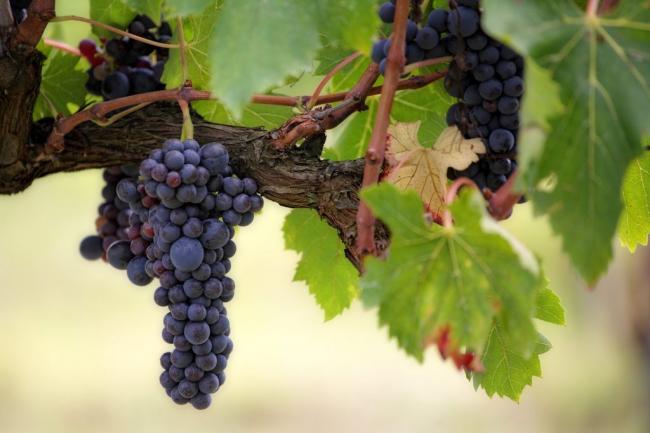
The red port wines can be divided into two categories: Tawny and Ruby. Aged Tawny varies from 10 to 40 years, is leaner and has a more intense spirit which has matured with the decades. Ruby port wines are redder in colour, slightly sweeter and fruitier than Tawnies and are ready for drinking after a few years. Occasionally, if it is a particularly good year, the Ruby Port can also be left to age and mature.
Madeira wines can go from dry to very sweet and are available both in red and white. Also available are more complex, old white Madeira wines which are excellent with blue cheese or to round off a good meal.
Moscatel (Muscatel) grapes are found in the Douro and Setúbal regions. This wine is usually fortified and sold young, but some can be aged for 10 or 20 years. Although this type of wine goes very well with all kinds of deserts it is also good as an aperitif.
If you would like to know more about Portuguese wines, please visit http://www.winesofportugal.info/
The Silver Coast region around São Martinho do Porto is not well known for its wines yet, although a lot of vineyards can be found in this area. One company that is really putting this region on the map is Vinhos Cortém, with wines made from 15 different grape varieties.
